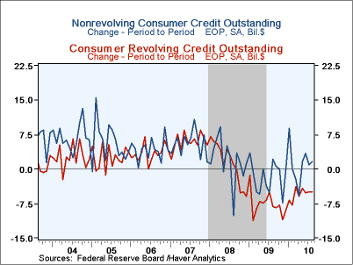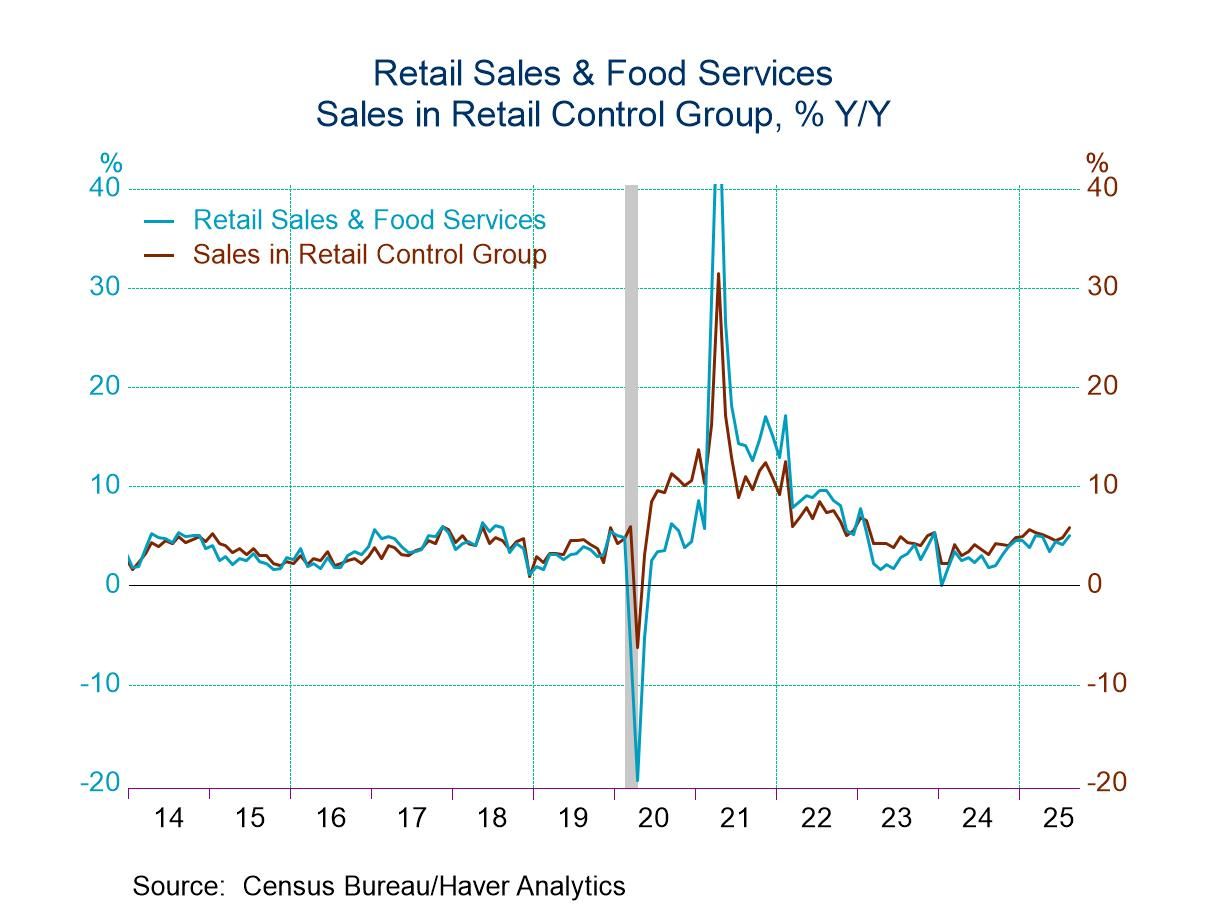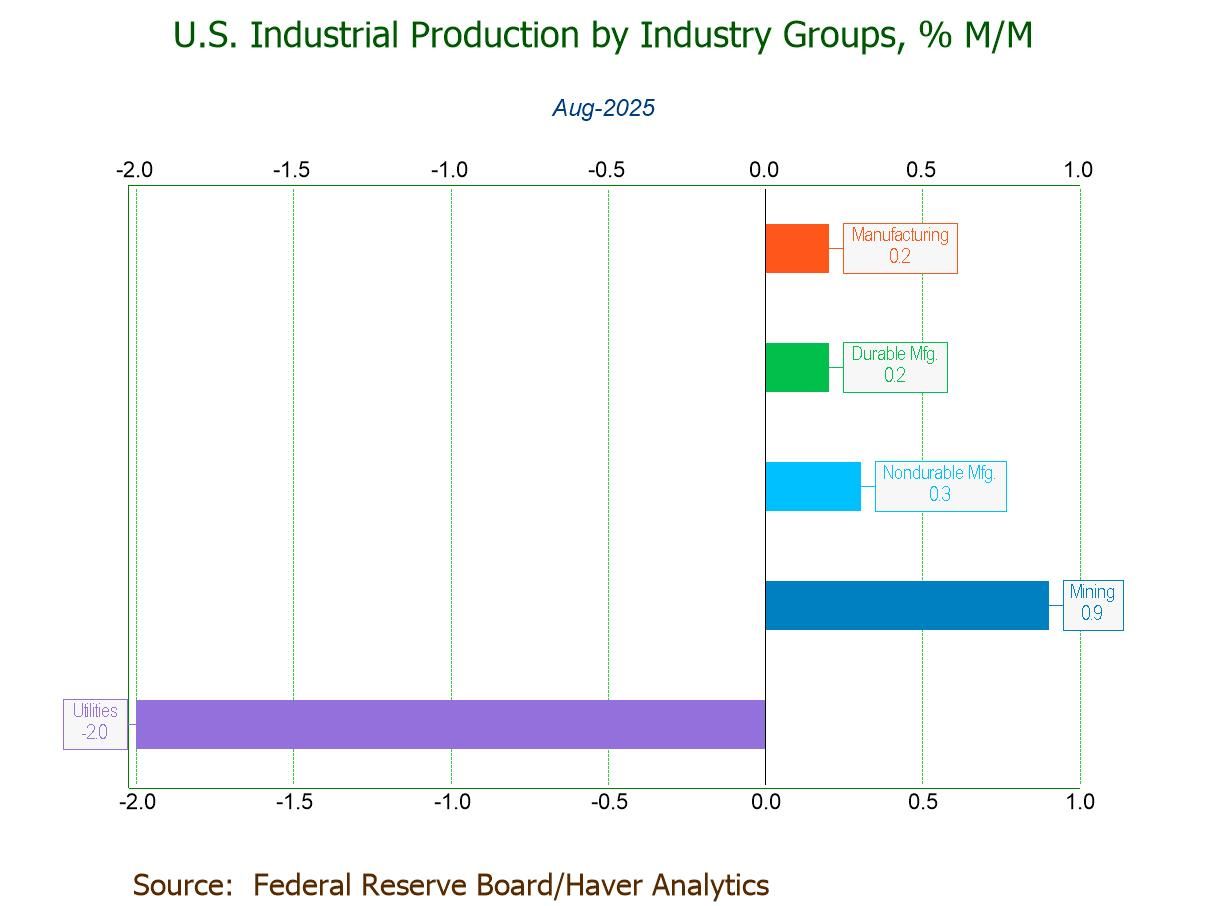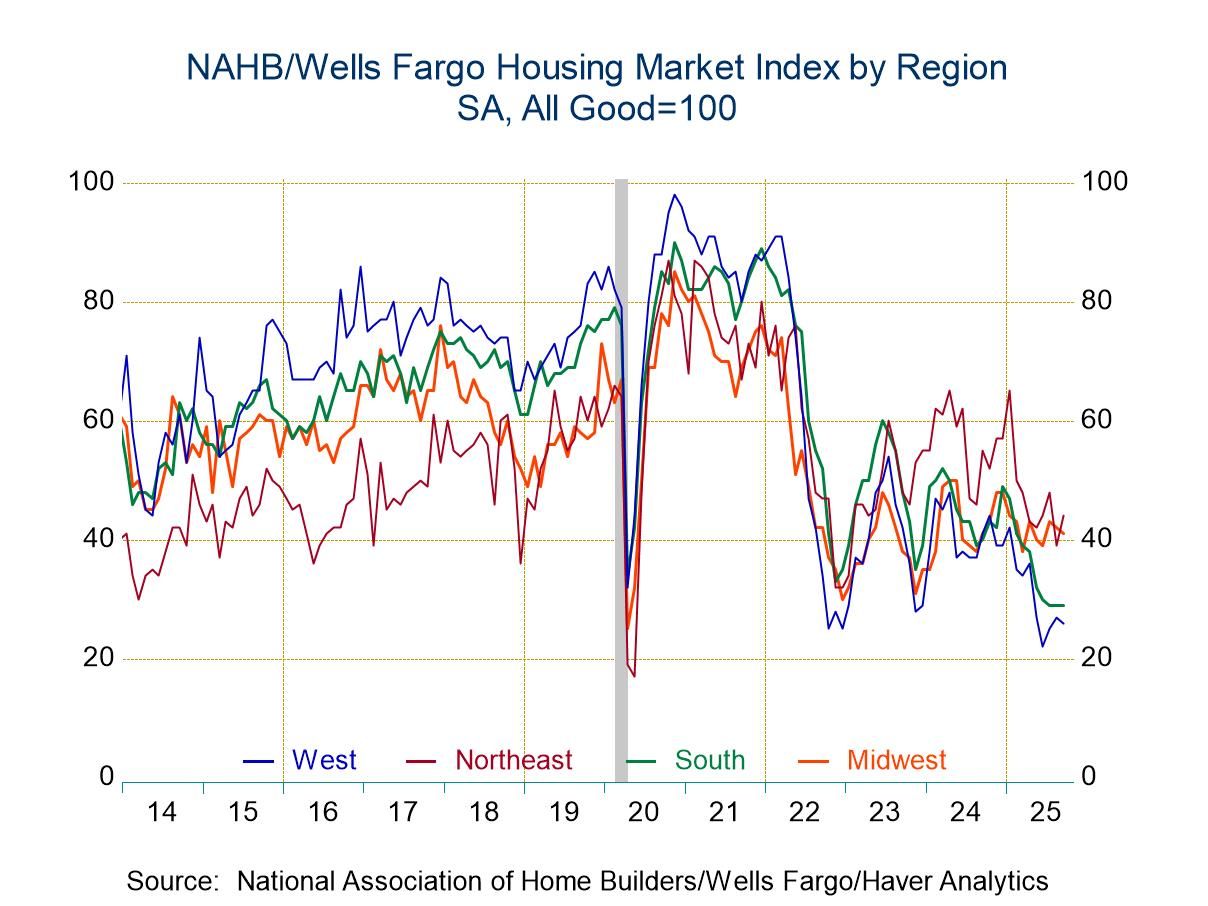 Global| Oct 07 2010
Global| Oct 07 2010U.S. Credit Card Payoffs Reduce Consumer Credit Outstanding Again
by:Tom Moeller
|in:Economy in Brief
Summary
Consumers remain on their quest to reduce debt levels. The Federal Reserve reported that consumer credit outstanding fell $3.3B during August following declines during the prior six months. Coupled with larger drops late last year, [...]
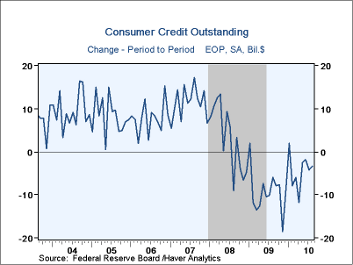 Consumers remain on their quest to reduce debt levels. The Federal
Reserve reported that consumer credit outstanding fell $3.3B during August
following declines during the prior six months. Coupled with larger drops
late last year, the 3.1% y/y decline is just slightly less than last
year's record 4.4% drop.
Consumers remain on their quest to reduce debt levels. The Federal
Reserve reported that consumer credit outstanding fell $3.3B during August
following declines during the prior six months. Coupled with larger drops
late last year, the 3.1% y/y decline is just slightly less than last
year's record 4.4% drop.
Again, leading the way was a $5.0B drop in revolving credit outstanding. Modest gains in consumer spending suggest limited usage of credit cards for purchases. They're being used less, however, to carry a balance. The 8.8% y/y decline in revolving credit outstanding was near the -10.2% record set earlier this year. (Prior to 2009, revolving credit had never been negative y/y.) Pools of securitized assets led the decline and were one-fifth of their peak. Finance company lending again held roughly constant m/m (+39.3% y/y) while commercial bank lending fell for the fifth month (+78.5% y/y) after a March surge. Loans from credit unions were roughly stable (+4.1% y/y) as was lending by savings institutions (+23.1 y/y).
Usage of non-revolving credit (autos & other consumer durables), which accounts for nearly two-thirds of the total, rose for the fourth straight month. The $1.6B monthly increase turned the y/y change minimally positive after a 1.3% 2009 decline. The August increase was led by a $26.3B increase in loans from the Federal Government, up nearly three-quarters y/y. Commercial bank lending reversed the July increase but was up 6.2% y/y. Pools of securitized assets fell another $2.0B and were off by one-half y/y. Finance company lending fell $4.3B (-4.3% y/y) but credit union lending ticked up $0.4B (-6.9% y/y).
During the last ten years, there has been a 60% correlation between the y/y change in credit outstanding and the change in personal consumption expenditures. These figures are the major input to the Fed's quarterly Flow of Funds accounts for the household sector.
Credit data are available in Haver's USECON database. The Flow of Funds data are in Haver's FFUNDS database.
IMF Urges Global Cooperation To Meet 4 Key Challenges from the International Monetary Fund is available here.
| Consumer Credit Outstanding (m/m Chg, SAAR) |
August | July | June | Y/Y | 2009 | 2008 | 2007 |
|---|---|---|---|---|---|---|---|
| Total | $-3.3B | $-4.1B | $-1.8B | -3.1% | -4.4% | 1.5% | 5.7% |
| Revolving | -5.0B | -5.0 | -5.2 | -8.8 | -9.6 | 1.6 | 8.1 |
| Non-revolving | 1.6 | 0.9 | 3.4 | 0.2 | -1.3 | 1.5 | 4.4 |
Tom Moeller
AuthorMore in Author Profile »Prior to joining Haver Analytics in 2000, Mr. Moeller worked as the Economist at Chancellor Capital Management from 1985 to 1999. There, he developed comprehensive economic forecasts and interpreted economic data for equity and fixed income portfolio managers. Also at Chancellor, Mr. Moeller worked as an equity analyst and was responsible for researching and rating companies in the economically sensitive automobile and housing industries for investment in Chancellor’s equity portfolio. Prior to joining Chancellor, Mr. Moeller was an Economist at Citibank from 1979 to 1984. He also analyzed pricing behavior in the metals industry for the Council on Wage and Price Stability in Washington, D.C. In 1999, Mr. Moeller received the award for most accurate forecast from the Forecasters' Club of New York. From 1990 to 1992 he was President of the New York Association for Business Economists. Mr. Moeller earned an M.B.A. in Finance from Fordham University, where he graduated in 1987. He holds a Bachelor of Arts in Economics from George Washington University.


